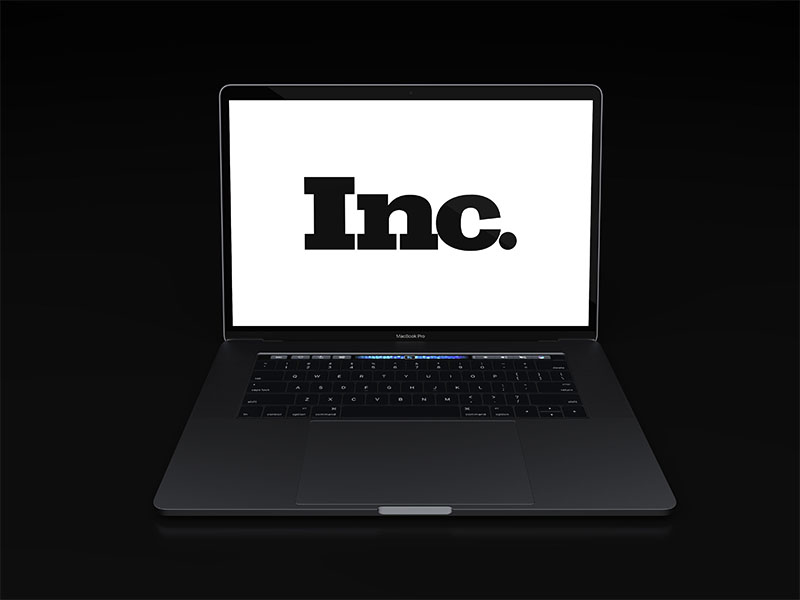Analyst Relations & Revelations
Analyst relations, while perhaps less glamorous than the world of media relations, is still a vital part of any good B2B marketing strategy. Analysts are:
INFORMATIVE: Analysts have their fingers on the pulse of your industry and are full of useful information, helping vendors position and brand their products by better understanding the competitive landscape.
INFLUENTIAL: Analyst research is often widely read by key decision makers (aka the buyers!), investor and reporters, so a favorable write up or ranking in an important industry report can really move the needle.
IN THE MEDIA: Many analysts (particularly those at boutique firms) also contribute to publications like Forbes and ZDNet. A briefing with one of these folks could potentially result in additional coverage outside of research.
But at the same time, for many, the world of analyst relations can be intimidating and confusing. What’s the difference between a briefing and an inquiry? Do I have to have a paid relationship for them to talk to me? If I want to invest in a paid engagement, how do I select the firm that’s right for my company?
There are many nuances, but familiarizing yourself with the landscape is the first step to navigating it like a pro. Let’s start with what I like to call “The Big Three.”
The Big Three: Gartner, Forrester & IDC
If you know anything about analyst relations, you’re likely familiar with the titans of the industry – Gartner, Forrester and IDC. These guys publish the most reputable research and come out with the big annual reports that every vendor wants to be included in – think the Gartner Magic Quadrant. But unless you have extensive resources, it doesn’t make sense to subscribe to all three – but rather pick the firm that makes most sense for your business, your unique needs and your industry. So what’s the difference between each firm?
Gartner
While the most costly firm, Gartner is widely regarded as the most important analyst firm in the country; if you can afford them, it makes sense to consider a subscription. Gartner curates two of the most widely recognized reports (Magic Quadrant and Hype Cycle), and I assure you that your execs will be asking about them. Why? Because when Gartner talks, people listen. Its research is heavily cited in top tier publications.
While Gartner publishes a lot of reports, it has a smaller focus area than some of the other firms – honing in primarily on the tech market. Gartner also has extensive resources available to help its clients beyond including them in research (i.e. consulting on messaging, GTM strategy, etc.).
Forrester
They know they’re not quite Gartner, which will make Forrester work harder for your business; account reps at Forrester are more likely than Gartner to give you a break on pricing and are incredibly helpful and responsive.
Forrester publishes frequently across many different topics and the Forrester Wave is a very influential report (but definitely second fiddle to the MQ). Compared to Gartner, Forrester has a much broader perspective and more categories of research, and often as part of your subscription you can negotiate credits that can be used towards a variety of different analyst activities like speaking opps, consulting, webinars, analyst attendance at a customer dinner, etc.
IDC
Because IDC is a bit smaller than Gartner and Forrester, its coverage is not as extensive and it tends to have fewer analysts covering more subjects. In addition to IT, they focus much more heavily on the telco and consumer tech markets than the other firms. And while the research is heavily cited in the media, its annual reports have far less cache than Gartner’s and Forrester’s.
But we’re just scratching the surface! Stay tuned for more answers to your burning questions about analyst relations as we dive into the importance of boutique firms in part 2!
Amanda King, Vice President
Related Posts
Featured on Inc.com
September 6, 2018
Managing Partner Greg Mondshein spoke with Inc about the employee incentive strategies that…
Featured on Thrive Global
October 3, 2018
Managing Partner Greg Mondshein recently spoke with Yitzi Weiner about his journey, lessons learned…



